Apple Watch Battery Life: How to make smartwatches last longer
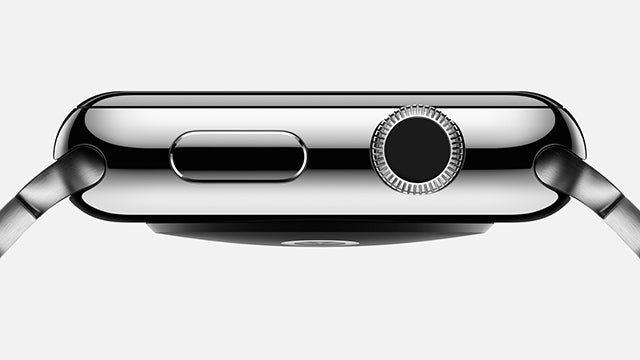
How long will we have to wait for an Apple Watch that lasts longer than a day? TrustedReviews investigates…
No longer just a rumour, the Apple Watch is now a reality. Among all of the features announced back in September last year, one important piece of information was left out – the battery life. Now Tim Cook has confirmed our suspicions that it has “all-day battery life”.
It’s currently one of our biggest gripes with smartwatches, especially Android Wear timepieces such as the Moto 360 and the LG G Watch R.
So why are smartwatches falling so short when it comes to delivering at least a week’s worth of battery life? We examine the issues and the solution to smartwatches going the distance.
The two-day barrier…
Thanks to technology that’s still in its infancy, early adopters of wearables are experiencing some of the same problems that were encountered by smartphone pioneers. As wearable technology pushes boundaries in both display quality and processing power, battery life has failed to keep up.
A problem which is less obvious on simple wearables such as the Pebble and Fitbit trackers, short battery life has already become a trend on more advanced smartwatches. Motorola’s Moto 360 manages a few hours short of a couple of days before needing a charge, well short of a traditional timepiece or fitness tracker. Since then things haven’t got much better, with the Samsung Gear S clocking in at around two days.
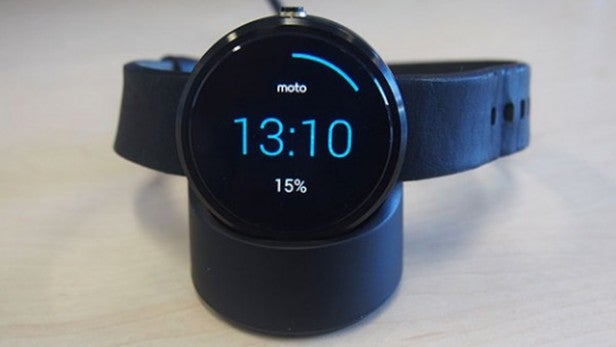
Swapping vibrant screens for a simple LCD or an e-paper display like the Pebble’s helps battery life easily surpass that of Android Wear and Apple smartwatches, providing closer to a week of use. The current standout smartwatch is the Withings Activite, which manages 6 months thanks to its reliance on a standard coin cell battery you might find in a digital or quartz watch.
Why is battery life so bad?
Thanks to their unique requirements, smartwatches pose a series of technical challenges for manufacturers, and battery life is often affected.
“When we think about a chip, it’s really understanding the requirements and optimising the chipset to balance size, power, sensors, connectivity and user experience,” says Pankaj Kedia from the Smart Wearables Segment at Qualcomm. “It’s all about tradeoffs. These five things are important, but it’s all about getting the right balance.”
Size
Due to their placement, smartwatches must pack their cutting-edge features into a size similar to that of a traditional watch – a challenge that causes several issues. “You want the chipset to deliver on the functionality,” agrees Kedia. “To deliver on battery life while minimising the size of the chipset.”
One of the biggest problems for manufacturers is size, and as a result, a smartwatch has far less space for its all-important battery than your smartphone does, but it has comparable demands for power.
Size is also the reason why something like Qualcomm’s Quick-Charge 2.0 technology won’t work with smartwatches right now. The innovative new charging standard can rapidly power up phone batteries in significantly less time. It is, however, designed for large-capacity batteries and therefore is unlikely to be considered a good fit, as one Qualcomm spokesperson informed us at Mobile World Congress.
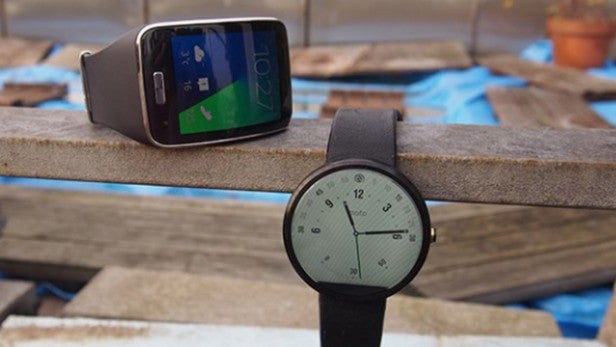
Displays
Large, vibrant displays such as the curved AMOLED panel of the Samsung Gear S represent some of the most exciting aspects of smartwatches, but also come at the expense of battery life. “In the typical watch, your display can consume 50-60% of the power,” Qualcomm’s Senior Director and Business Leader tells us – and it’s little wonder. Featuring a large number of pixels, many of displays are also backlit, representing a significant drain on the battery.
Connectivity issues
Tethered watches rely on a smartphone for many of their functions, which means they’ll often require a Bluetooth connection. Although significantly more efficient than in its infancy, Bluetooth is still a contributing factor to poor battery life. Like many other smartwatches, the Apple Watch needs to frequently connect with its counterpart phone via Bluetooth, draining the battery over time.
Connected watches get around this problem in several ways. Rather than chaining users to their phone, connected watches pack in their own SIM, modem and Wi-Fi capability. However, watches like the Gear S demonstrate all the drawbacks of this approach. Oversized and bulky for many users, the Gear S is laggier than you’d expect, and still needs apps to be downloaded on a phone.
Even worse, the Gear S’s increased connectivity causes a massive drain on battery life. As we found in our recent review, usage needs to be carefully managed for users to get around two days of battery life. Along with NFC, the Bluetooth, Wi-Fi and modem featured inside connected smartwatches represent a significant amount of power consumption.
SEE ALSO: Best Apple Watch apps
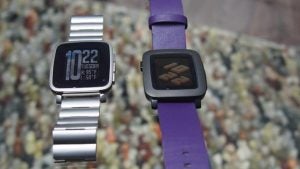
The Pebble Time and Pebble Time Steel use more power-efficient e-paper displays
How will battery life get better?
New display technology
Vibrant, high-definition backlit displays are one of the main causes of short battery life. One possible, less power-hungry alternative already exists: e-paper. Already the technology of choice for e-readers such as the Amazon Kindle, e-paper reflects light as opposed to emitting it like a traditional display. What’s more, most e-paper technology is also able to hold static images or text without electricity, making it ideally suited to a watch. Thanks in part to a new coloured variety of the technology, Pebble’s Time smartwatch is set to have class-leading battery life.
Although used by Pebble and even Sony in some of its wearables, it remains to be seen whether e-paper will be ever used in other manufacturers’ flagship smartwatches.
Better batteries
Like laptops, phones and other rechargeable gadgets, smartphones currently use Lithium-Ion polymer batteries. A possible upgrade exists in the widely publicised wonder material, graphene. First reported by Nextbigfuture, new graphene aerogel batteries developed by Korean scientists are capable of storing the same amount of power as a conventional battery – but in a tenth of the space. Thanks to their durability and remarkably compact size, graphene aerogel batteries could revolutionise the world of wearables and other mobile devices.
Another potential solution that could be a a good fit for wearables is currently being put forward by a Taiwanese company called ProLogium. It’s spent several years working on FPC Li-Ceramic flexible battery sheets, which are said to be lighter, and safer – they won’t catch fire – than the standard Lithium-Ion ones used in smartphones and smartwatches. The rechargeable sheets can be stacked up in layers, so could fit inside a watch strap, creating a larger-capacity battery without significantly compromising on the overall thickness of the smartwatch design.
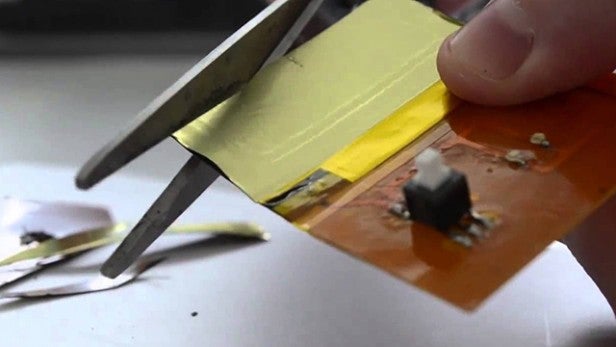
Smarter chips
Improving the chipsets powering smartwatches could be another route to delivering significantly battery life. Intel introduced Curie, its tiny low-power module used Intel’s Quark SE SoC (system on chip) earlier this year. It’s expected to feature inside smaller wearables such as pendants and rings, but we shouldn’t discount it helping to solve the smartwatch battery solution too.
Silicon Valley start-up Ineda Systems, a company that has already attracted investment from Samsung and Qualcomm, has been busy  developing its own wearable processing units (WPUs). The computing architecture inside the SoC dubbed “Dhanush” aims to deliver battery life for up to a month for wearable tech like smartwatches and activity trackers.
developing its own wearable processing units (WPUs). The computing architecture inside the SoC dubbed “Dhanush” aims to deliver battery life for up to a month for wearable tech like smartwatches and activity trackers.
Will smartwatch battery life be getting better any time soon?
Like any new technology, smartwatches are experiencing growing pains. Densely packed with cutting-edge tech that itself didn’t exist 10 or 15 years ago, we now expect them to be as small as a traditional watch, and hold several days of charge. Unfortunately, technology still needs to catch up with public expectations – and it will take time.
Rather than relying on a single silver bullet, it’s likely that battery life increases will be a slow, incremental process. As news comes out of apps being fine-tuned for the Apple Watch, it’s clear that optimisation on every level is the beginning of a long, slow road of improvement.
Advancements in display, battery and connectivity technology may happen, but a tweaking and gradual development process seems more likely.
Has battery life put you off buying an Apple Watch? Are you happy charging a smartwatch every night? Let us know in the comments section below.

